I know that the relationship between the base current \$i_B\$ and the base-emitter voltage \$v_{BE}\$ is given by the Shockley equation.
\$i_B = I_S (e^{v_{BE} / V_T} - 1)\$
This is the input characteristic and it looks like this.

But what is the equation used to produce the collector current \$i_C\$ versus collector-base voltage \$v_{CE}\$ characteristic plots for npn BJTs?
For an n-channel MOSFET, you typically are provided with the three regions (cutoff, triode, and saturation) along with their respective equations, so you can generate the characteristic curves pretty simply.
Here are the npn characteristic curves I'd like to generate with MATLAB, for example.
Thanks in advance.
